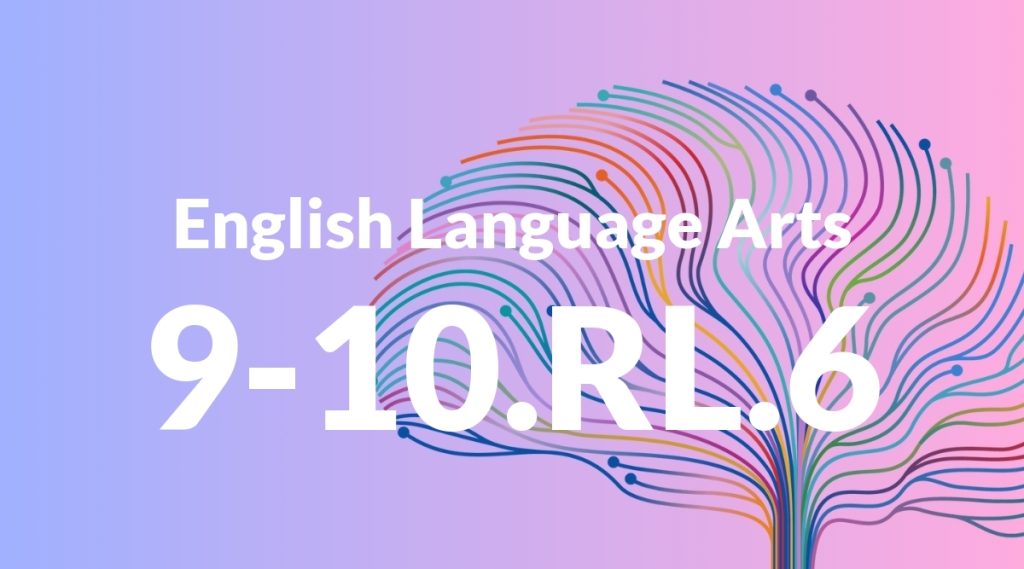Standard: 9-10.RL.6 – Analyze a particular point of view or cultural experience reflected in a work of literature from outside the United States, drawing on a wide reading of world literature.
Grade level: Grade 9-10
Subject: English Language Arts
Domain: Reading: Literature
Teacher Overview
This standard focuses on analyzing literature from outside the United States, with an emphasis on understanding different cultural perspectives. It’s important because it broadens students’ literary horizons and fosters a global mindset, aligning with the overall goals of the English Language Arts curriculum to develop critical thinking and cultural awareness. Students should be familiar with basic literary analysis techniques and have some background knowledge of different cultural and historical contexts.
By mastering this standard, students will be equipped to engage in more sophisticated literary analysis and comparative studies, enhancing their critical thinking skills and cultural literacy.
Common Misconception 1
A common misconception is that all literature reflects universal human experiences. This belief overlooks the unique cultural and historical contexts that shape literary works, leading to a superficial understanding of the texts.
Intervention 1
To address this, introduce students to a variety of literary works from different cultures and facilitate discussions on how these works reflect their specific cultural and historical contexts.
Common Misconception 2
Another misconception is that cultural context does not impact the interpretation of a literary work. This misunderstanding can lead students to miss deeper meanings and connections within the text.
Intervention 2
Use case studies and examples to illustrate how cultural and historical contexts influence the themes, characters, and narratives in literature. Encourage students to explore these contexts in their analyses.
Prerequisite Knowledge
Students should have a basic understanding of literary analysis, including identifying themes, character development, and narrative structure. They should also be familiar with different cultural contexts and historical backgrounds of various regions.
Subsequent Knowledge
After mastering this standard, students will be able to critically analyze and compare multiple cultural perspectives within literature. They will develop a deeper understanding of global literary traditions and be prepared to engage in more advanced literary critique and comparative analysis.
Instructional Activities
- Group discussions on cultural contexts in world literature
- Comparative essays on themes across different cultures
- Research projects on historical backgrounds of literary works
- Interactive presentations on cultural influences in literature




